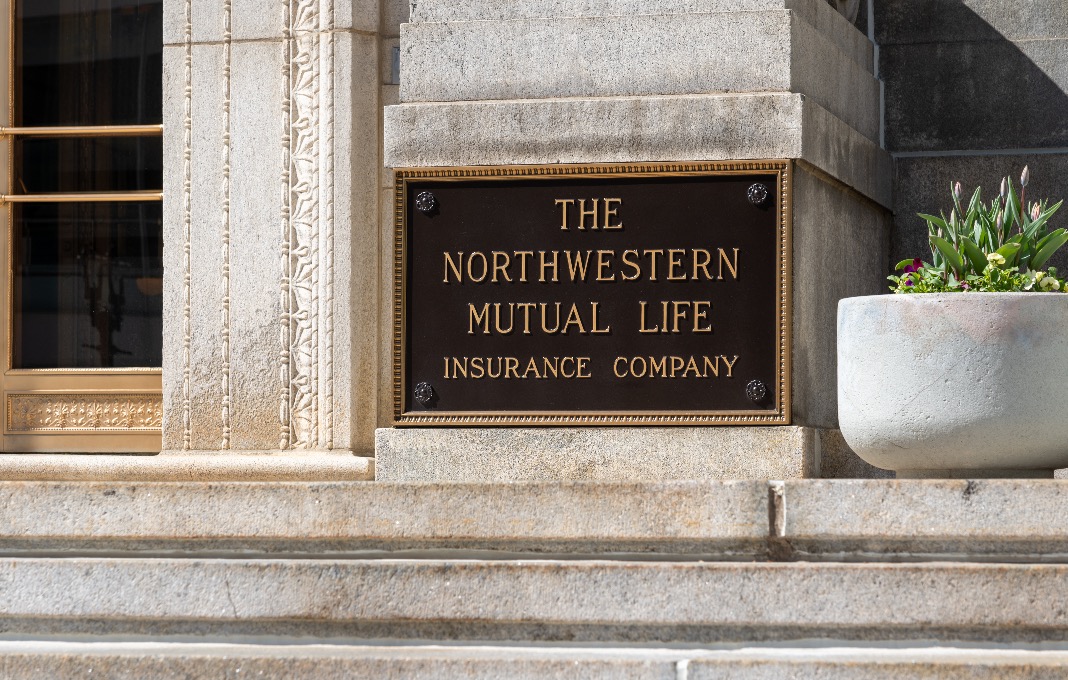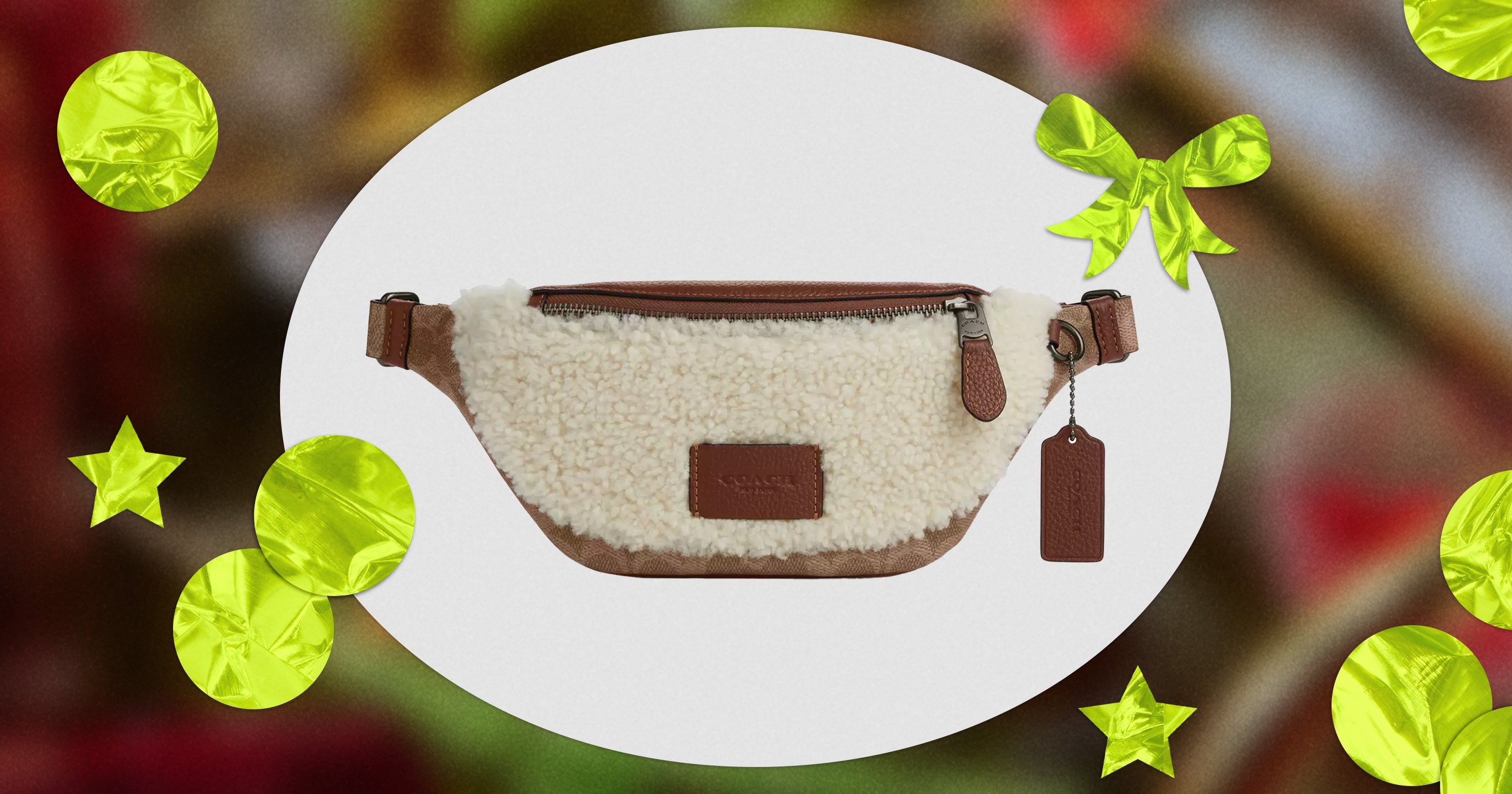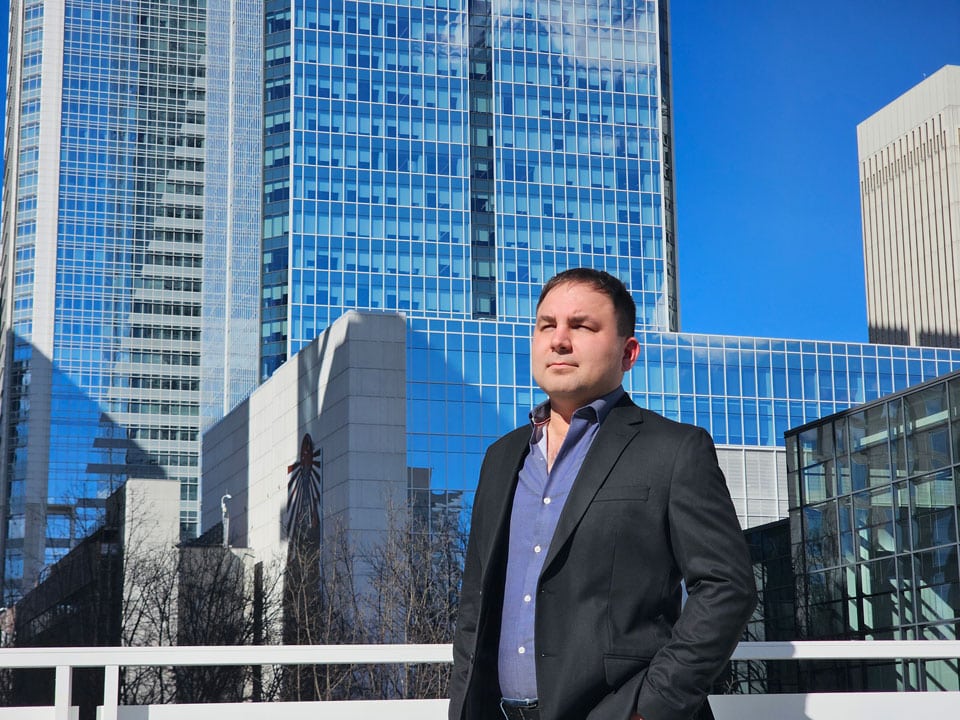Renowned design engineer Nikolai Kulikov opens up about the prospects of 3D printing in manufacturing and his unique breakthroughs in the global engineering sector.
With the emergence of 3D printing, a new chapter in the technical revolution began, enhancing product attributes, expanding traditional business domains, and altering the design and production process. The fourth global International Conference on 3D Printing and Additive Manufacturing showcased the forefront of this evolution. This online event congregated distinguished scientists, engineers, developers, and industrialists globally to deliberate on the latest innovations. Among the attendees were Nikolai Kulikov, a prodigious design engineer, the Union of Machine Builders of Russia member, and the proprietor of companies leveraging 3D printing in the automotive sector domestically and in the USA. He presented his groundbreaking work in additive technologies at the conference and, in an interview with our journal, Kulikov shared insights on how his innovations enhance life quality worldwide, the ecological impact of 3D printing, and his motivation for leaving a state-owned corporation.
Nikolai, as a speaker at the International Conference on 3D Printing and Additive Manufacturing organized by the Global Science Guild since 2019 to foster impactful research, you’re an accomplished engineer running your business in the USA, with products in high demand globally. What drew you to this event?
This event is a significant fixture in our rapidly advancing industry, and I’ve always aimed to be at the forefront of scientific and technical thought. Exchanging expertise is crucial for fundamental and applied research, fostering new ideas and uncovering unconventional solutions. As a design engineer in mechanical engineering, I’ve been utilizing additive technologies since 2017 to modernize and enhance automotive products. It was intriguing to meet the minds behind 3D printing research, contemporary materials, design automation, and the application of additive manufacturing in medical, construction, and space industries. The conference featured prominent academicians like Andreas Vlahinos, who pioneered automated design at NASA and SpaceX, and Ilaria Cacciotti, discussing polymer printing implants, among other cutting-edge presentations.
In your presentation, you spoke about your method of manufacturing automotive parts with 3D printing, which has become the cornerstone of your business. You suggested its relevance to the medical and aviation sectors. What are the advantages of this manufacturing method?
This method leverages modern materials and modified equipment to manufacture required components rapidly and precisely. It eliminates the need for many diverse machines and tools currently employed in large factories for production and processing. Additionally, the process virtually eliminates material waste, leading to a significant reduction in production costs. Furthermore, 3D printing contributes to environmental conservation through plastic recycling. As for the reliability and precision of parts produced this way, they significantly outperform their original counterparts. Moreover, engines and generators assembled from printed components are remarkably lightweight, which is essential in, for instance, aircraft manufacturing.
Your engineering talent is highly acclaimed – during your tenure at CKB ‘Titan,’ you were nominated to the significant association ‘Union of Machine Builders of Russia,’ a proposal the committee endorsed. Could you share some of your most intriguing developments that have gained recognition in the professional community?
At ‘Titan,’ my work contributed to developing civil initiatives in R&D. Among these projects, I led the development of a unique fruit-picking machine and the country’s first balancing gangway on a hexapod for the oil and fishing industries. At that time, a single company worldwide exclusively produced these installations. Furthermore, I designed hydraulic systems for self-propelled installations, including hydraulic bunkers, multi-stage hydraulic cylinders, and hydraulic controls, and led the commission for defect identification. Subsequently, ‘766 Production and Technological Completion Management,’ an advanced enterprise within the ‘Rostec’ system specializing in military and special machinery development, invited me to design robotic complexes. The ‘Uran’ family of robots, robotic complexes for demining and firefighting, were created there. The Russian Armed Forces adopted and introduced those robots to the international market. The enterprise also advanced work on stabilization systems for observation devices, machine vision, neural network technologies, and expert systems. I spearheaded the research and design of an engineering robot for remote assault, designed to withstand high radiation levels. Undertaking this project presented a challenging yet immensely intriguing task involving addressing numerous complex engineering and managerial issues.
You left a prestigious position, forgoing a career in state corporations to freely innovate, engage in design, and establish your business. How easy was this decision?
I sought to evolve and elevate my life goals. Working in state corporations, I realized that large firms could be inflexible – implementing new projects was challenging, and self-actualization was often a distant dream. I aspired to independently organize a small-scale production where I could actualize any idea using additive technologies, from sketches to tangible prototypes. Yes, the decision took years to mature; it wasn’t easy or quick. I finally decided when a surge in orders for my sealing rings for Renault engines required an expansion in production. To be fair, my years in state corporations endowed me with vast experience in production development, proving invaluable to my business. This experience encompassed design skills and a comprehensive understanding of large-scale enterprise operations, from receiving development specifications to initiating mass production.
Early in 2023, the American firm BunkerUSA, known for its expertise in developing and constructing state-of-the-art anti-radiation bunkers, contacted you. Which aspect of the work are you focusing on, and in what ways has your background proven advantageous?
For BunkerUSA, I am developing the latest types of shelters with enhanced radiation protection and modernizing production processes and projects. My specialized education and extensive experience in the defense industry have allowed me to propose specific solutions, which the company has adopted and is currently implementing. I received my higher education at one of the leading technical universities in Russia, VolgGTU, as a designer of rocket launch installations and rocket-space complexes. During my tenure in the defense industry, I also studied the effects of electromagnetic and nuclear radiation on launch mechanisms after explosions. I designed robotic complexes capable of operating in radiation conditions.
You started collaborating with BunkerUSA in January, and by April, you and their team were representing the company at the largest NRA ANNUAL MEETING 2023 in the USA, organized by the National Rifle Association – the oldest and most influential association of firearm owners and enthusiasts. Could you tell us more about this exposition? What innovations did you bring there?
Participating in the Annual Meeting of the National Rifle Association of the USA is considered a significant achievement in professional circles. The association regularly hosts major events that attract participants from around the world. This year’s exposition drew over 77,000 visitors. We showcased our products – underground high-tech shelters offering maximum protection. This system is assembled from modules tailored to each client, considering radiation protection and potential natural disasters specific to their region, such as hurricanes and wildfires. I also presented my ideas at the exhibition, which was a tremendous personal accomplishment. During the three-day event, we witnessed significant interest in BunkerUSA’s technologies and products, securing over three hundred potential clients and even a few pre-orders.
Nikolai, won’t collaboration with BunkerUSA hinder your further developments in 3D printing and the growth of your business in the USA? Will there be enough time and energy?
I enjoy my work; I’m young and brimming with ideas and energy, so one of the conditions of my collaboration with BunkerUSA was the ability to pursue other projects simultaneously. Moving forward, I plan to apply not only 3D printing technologies but also explore new manufacturing methods. For instance, I recently applied for a patent for my unique composite product, ‘Composite Lightweight Protection Material.’ The USPTO registered my application. I’m also working on another development and preparing data for patenting a new energy source, namely a plasma electricity generator. I aim to establish another company that produces lightweight composite protection like body armor, helmets, modular vehicle armor, and casing elements with enhanced radiation protection for the aviation and space industries. The potential of 3D printing in engineering has yet to unfold fully. Additive technologies and composite materials have a promising future. Innovative hybrid materials enabling the creation of lightweight and incredibly sturdy components for engineering will continue to expand their presence in global manufacturing. I expect progress in this field to surprise us more than once in the next five to ten years.
Have you read?
23 of the Biggest Wars in Human History.
Movies that Catapulted Hollywood Icons.
Countries with the Most American Military Bases.
Countries With The Most Main Battle Tanks Today.
Silver Screen Disasters: Epic Failures in Hollywood.
Add CEOWORLD magazine to your Google News feed.
Follow CEOWORLD magazine headlines on: Google News, LinkedIn, Twitter, and Facebook.
Thank you for supporting our journalism. Subscribe here.
For media queries, please contact: info@ceoworld.biz







































































